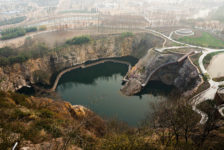Article by Alexis Alvey We explore 10 flowering perennials to brighten up any rain garden, enabling you not only to create sustainable landscapes but beautiful ones too. Rain gardens can beautifully enhance a variety of landscapes, from homes to parking lots to street curbsides. Created in low spots in the garden, rain gardens mitigate localized flooding and enhance local water quality by collecting and filtering excess rainwater. Plants for rain gardens must therefore be carefully selected to grow and thrive under both saturated and dry conditions. Appropriate flowering herbaceous perennials work well in rain gardens and can add bright pops of color seasonally or year-round. Suitable ornamental grasses — and even trees and shrubs, if enough space is provided — can also be incorporated into a rain garden.
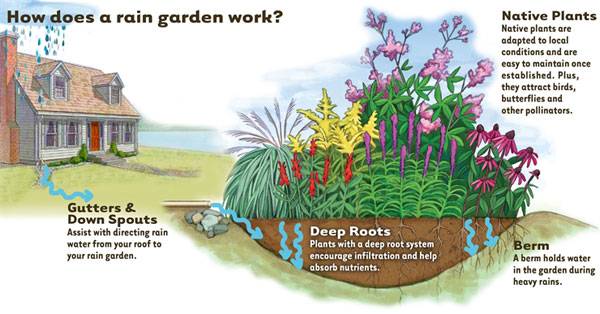
From the article Rain Gardens: The Essential Guide
10 Flowering Perennials
Below are 10 flowering perennials that add exceptional beauty and function to rain gardens. When choosing from this list, be sure that the perennial can thrive under your climactic conditions and that the plant is not invasive in your region. In order to support local pollinator populations, give preference to plants that are native to your area. Also, when designing your rain garden, be aware of where you will be placing each plant — species planted at the bottom of the basin need to be more tolerant of saturated soil conditions than those planted closer to the rim of the basin.
![RBC Rain Garden at the London Wetland Centre Nearly a year after it opened the Rain Garden (funded by the Royal Bank of Canada) is maturing well. In the photograph is one of the creature towers to provide habitats for insects and small mammals. They have been put together with a variety of materials from slates to sticks. Creative Commons Licence [Some Rights Reserved] © Copyright Marathon and licensed for reuse under this Creative Commons Licence.](https://land8.com/wp-content/uploads/2014/08/Rain-gardens2.jpg)
RBC Rain Garden at the London Wetland Centre Nearly a year after it opened the Rain Garden (funded by the Royal Bank of Canada) is maturing well. In the photograph is one of the creature towers to provide habitats for insects and small mammals. They have been put together with a variety of materials from slates to sticks. Creative Commons Licence [Some Rights Reserved] © Copyright Marathon and licensed for reuse under this Creative Commons Licence.
10. Blue Flag Iris (Iris versicolor and I. virginica)
Both native to the United States, Northern Blue Flag Iris (Iris versicolor) and Southern Blue Flag Iris (I. virginica) can take winter temperatures of -40˚F (-40˚C) and -20˚F (-29˚C), respectively. Blue Flag Iris has showy seasonal flowers that can range from pale blue to deep violet. Mature height and spread of Blue Flag Iris is around two feet. Native to wet meadows and marshes, Blue Flag Iris grows best in full sun and can grow in standing water for protracted periods of time, so plant at the bottom of your rain garden.
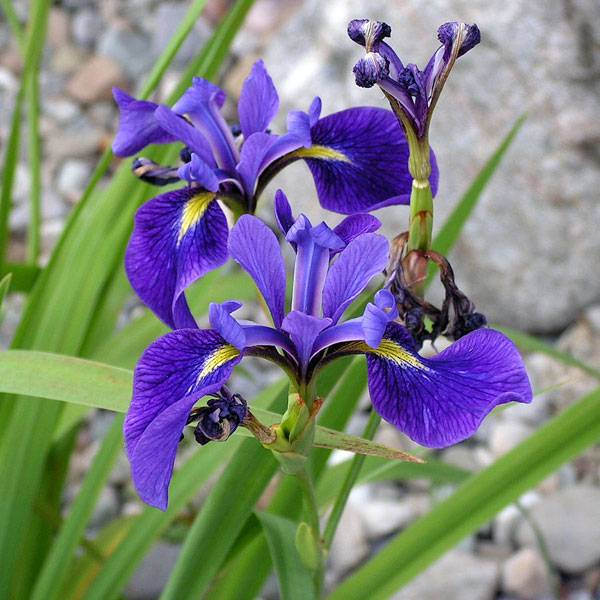
Northern Blue Flag (Iris versicolor), Ottawa, Ontario. By D. Gordon E. Robertson – Own work, CC BY-SA 3.0
9. Joe Pye Weed (Eutrochium purpureum)
Joe Pye Weed is native to the eastern United States and can tolerate winter temperatures of -30˚F (-34˚C). Atop tall green stems, dusty pink flowers bloom, which are highly attractive to butterflies. Joe Pye Weed can reach seven feet tall by four feet wide, although smaller cultivars also exist. Plant in full sun or partial shade. Joe Pye Weed is native to wet meadows and stream sides and likes consistently moist soil, so plant toward the bottom of your rain garden.
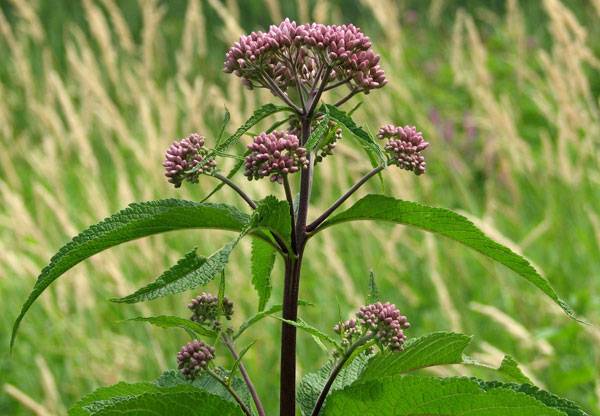
By D. Gordon E. Robertson – Own work, CC BY-SA 3.0
8. Canna Lily (Canna spp.)
There are many exquisite cultivars of Canna Lily available today that have been developed from species native to the subtropical and tropical areas of South America. Bold and brightly colored, Canna Lilies grow from rhizomes that can be dug up and stored over winter in a cool, dry basement in areas that get temperatures below 0˚F (-40˚C). Intense red, orange, pink, or yellow flowers with large, paddle-shaped foliage lend a tropical feel to the rain garden. Canna Lily can grow quite tall — up to eight feet depending on the cultivar — and can spread four feet. Plant in full sun. If your rain garden is saturated most of the time, try Canna glauca, a water-loving Canna Lily.
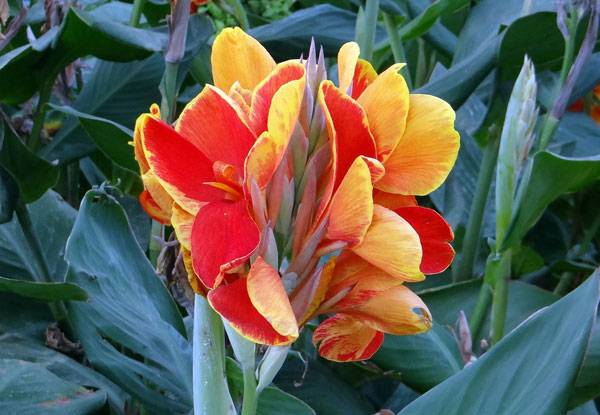
CC0 Public Domain. Source.
7. Bluestar (Amsonia hubrichtii)
Bluestar is native to the south-central United States and thrives where winter temperatures generally don’t dip below -20˚F (-29˚C). Powder blue, star-shaped flowers appear seasonally in clusters atop feathery, green foliage. Bluestar is attractive to butterflies and grows best in full sun to part shade. Mature height and spread of this soft-textured perennial is two to three feet. Bluestar can tolerate drier conditions better than many of the other plants on this list, so plant near the top of your rain garden.
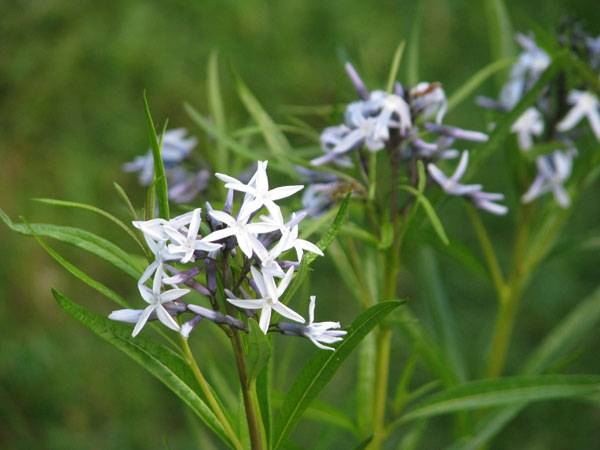
Amsonia hubrichtii hybrid. By peganum from Small Dole, England – Amsonia hubrichtii hybrid, CC BY-SA 2.0,
5. Butterflyweed (Asclepias tuberosa)
Butterflyweed is also native to the eastern United States and can tolerate winter temperatures of -40˚F (-40˚C). It is known for its brilliant orange seasonal flowers and its ability to provide for monarch butterfly larvae. Be sure to plant this deep-rooting perennial in full sun. This plant is smaller than Swamp Milkweed, reaching a height of one to two and a half feet and spread of one to one and a half feet. It is also more tolerant of dry conditions, so plant at the top of your rain garden.
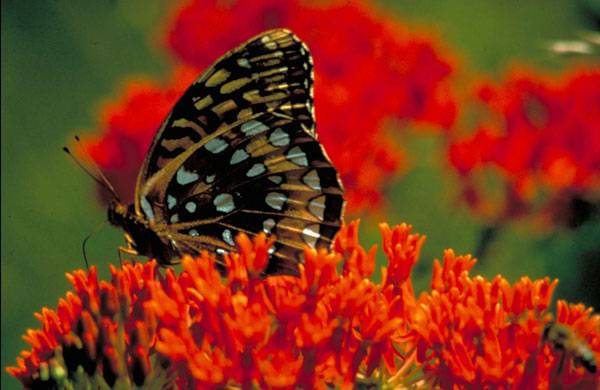
By Barnes Dr Thomas G, U.S. Fish and Wildlife Service
4. Daylily (Hemerocallis spp.)
Like Canna Lily, many lovely cultivars of Daylily exist, which have been developed from species native to eastern Asia. Daylilies will thrive in areas that experience temperatures no colder than -40˚F (-40˚C). Brilliant flowers range in color from clear yellow to orange to red and bright pink. Most Daylilies grow to about two feet tall and wide and will still flower profusely in partial shade. Even when not in flower, Daylilies provide nice texture in the rain garden with their narrow, fountain-like leaves. If you live in a tropical environment, try Spider Lily (Hemerocallis latifolia) in your rain garden.

By Stan Shebs, CC BY-SA 3.0
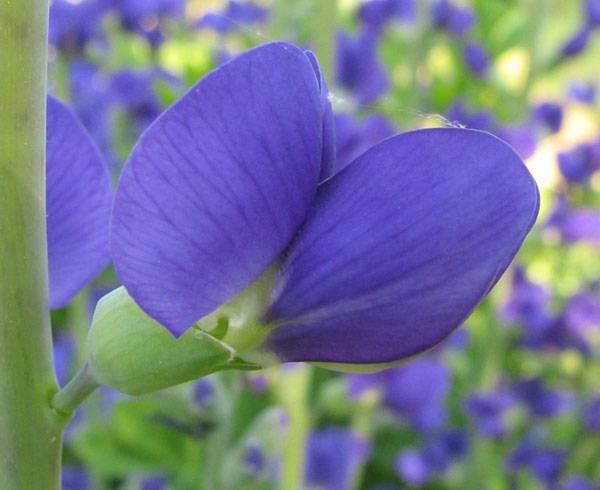
CC BY-SA 3.0, source
2. Swamp Sunflower (Helianthus angustifolius)
Swamp Sunflower is native to the eastern United States and grows well in areas where winter temperatures don’t dip below -10˚F (-23˚C). A profusion of cheery, golden-yellow flowers brightens any rain garden. Swamp Sunflower does best in full sun and is salt tolerant, which makes it useful for coastal locations. Native to swamps and wet pinelands, Swamp Sunflower can tolerate saturated soil for extended periods of time, so plant at the bottom of your rain garden.
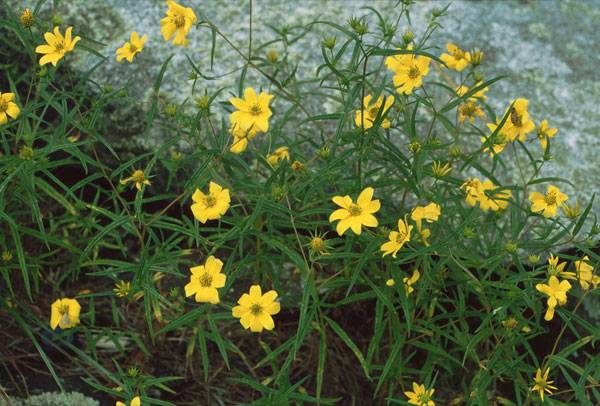
By Franz Xaver – Own work, CC BY-SA 3.0,
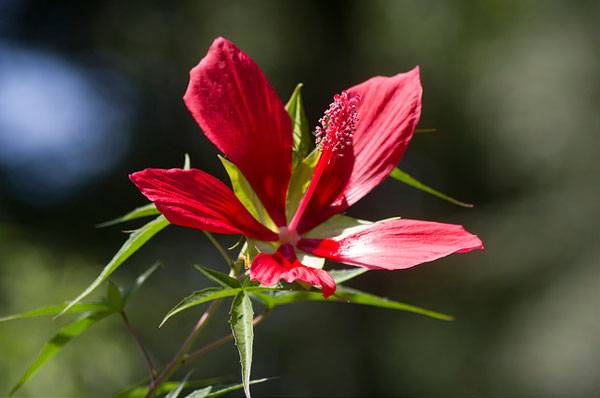
Photo credit: ilouque via Flickr and licensed under creative commons 2.0
For more information on rain garden construction, check out our article, “Rain Gardens: The Essential Guide”. Recommended Reading:
- Rain Gardens: Sustainable Landscaping for a Beautiful Yard and a Healthy World by Voyageur Press
- Rain Gardens: Managing Water Sustainably in the Garden and Designed Landscape by Timber Press, Incorporated
Article by Alexis Alvey
Published in Blog


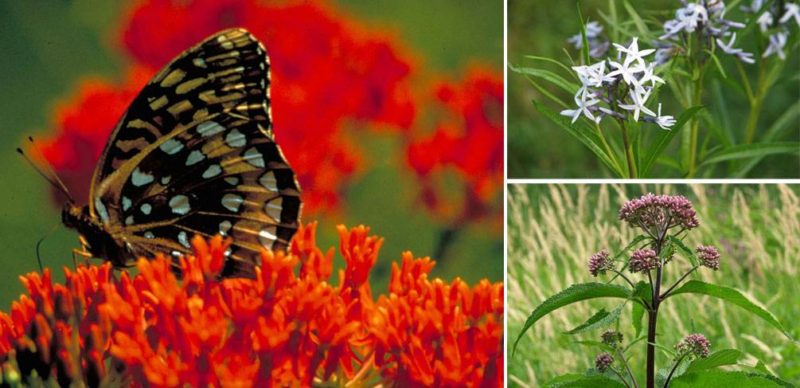


![From Bagels to Sea Level Rise: Landscape Architects Adapt to Climate Change [Podcast]](https://land8.com/wp-content/uploads/2017/12/171021-081734-NNT-8843-XL-224x150.jpg)


